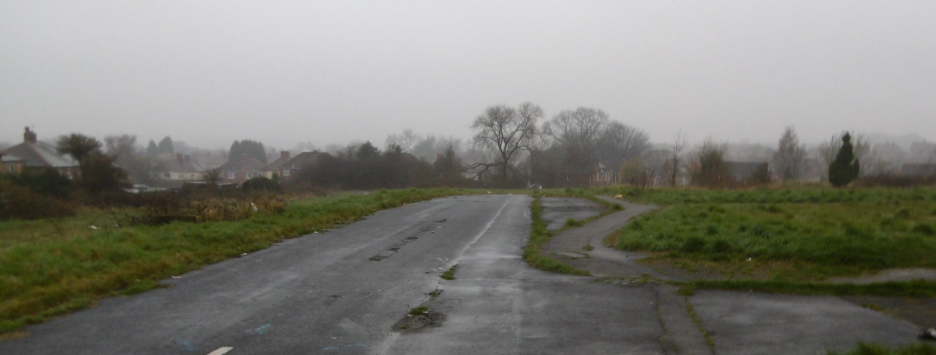Section 247/248 Agreements – Stopping up of the Highway
- September 10, 2023
- Highway Legal Agreements, Knowledge base
- Comments Off on Section 247/248 Agreements – Stopping up of the Highway
Stopping up is a process which allows for the permanent closure or diversion of the adopted highway. Part of the Town and Country Planning Act 1990, the process is facilitated by the Department for Transport (DfT) with the stopping up Order being authorised by the Secretary of State. The process of stopping up or diverting the highway will only be authorised by the Secretary of State if they are satisfied that the closure or diversion is necessary to enable development in line with a valid planning application. As such, the proposed area of existing highway to be stopped up or diverted must be within any development red line boundary, or included as part of the planning conditions.
Applying to Stop up the Highway (Section 247/248 Agreements)
The application is split into two parts, the draft Order and the made Order. In order to submit an application, the application form should be completed and a plan of the proposed area to be stopped up shown in a zebra style hatch, with proposed improved highway shown in a crossed hatch and any new highway shown in stipple hatching. Another plan showing the proposed site layout with the existing highway boundary shown should also be submitted as part of the initial application.
Once the application form has been submitted to the DfT, the stopping up application will be assigned to a case officer who will act as a point of contact throughout the process.
The Draft Order
Once the Case Officer is satisfied with the documents, they will issue a draft Order as part of the Section 247/248 Agreements. This draft Order will be accompanied by a draft Plan and a draft Public Notice, and a start date will be communicated. The date listed within the documents is the beginning of a 4 week consultation period. During this 4 week period, Draft notices must be displayed on site and any interested party will have the chance to object to the proposed stopping up. DfT will also invite a number of statutory consultees to comment on the proposed stopping, with these consultees usually including utility companies and the Local Highway Authority (LHA). Therefore, it is often advised to seek comment from the LHA if possible prior to submitting the proposals to DfT.
If any objections to the proposed stopping up area are received within the 4 week consultation period, the draft Order cannot progress to made Order stage until all objections have been removed by the objectee. If an objection cannot be removed, an inquiry will be arranged by the DfT Case Officer, with the inquiry taking the form of either written representation or a full public inquiry. An inquiry can only be held if the site proposals have received valid planning permission from the Local Planning Authority (therefore if the LHA objects to the proposals it is unlikely that the stopping up Order can progress further).
Once any objections have been removed, the draft Order will progress to a made Order. The draft Order cannot progress to made Order stage without valid planning permission. In order to obtain a planning permission, the Section 247/248 Agreements process is often linked to the Section 38 Agreement process (see Section 38 Agreement – Creation of New Public Highways).
The Made Order
The made Order will be issued by the Case Officer at DfT, and will again contain a plan, a public notice and a date. The date stated within the made Order will be the date on which the highway can be legally stopped up or developed upon. However, this date coincides with a 6 week High Court challenge period, where consultees can object to the legality or process used as part of the draft Order (crucially not the area to be stopped up at this point). Made Order notices must be displayed on site for the full 6 week period and any development during this 6 week period is at the developers risk in case a High Court challenge is submitted.
Following the end of the 6 week High Court challenge period, the developer is free to stop up or develop on the highway in line with the valid planning permission.
A useful stopping up flow chart published by DfT is available here.
Public Notices posted on site where it is proposed to stop up the highway.
If you would like to discuss your stopping up or would like assistance producing drawings or managing the process, book a free consultation or call us today.


Recent Comments